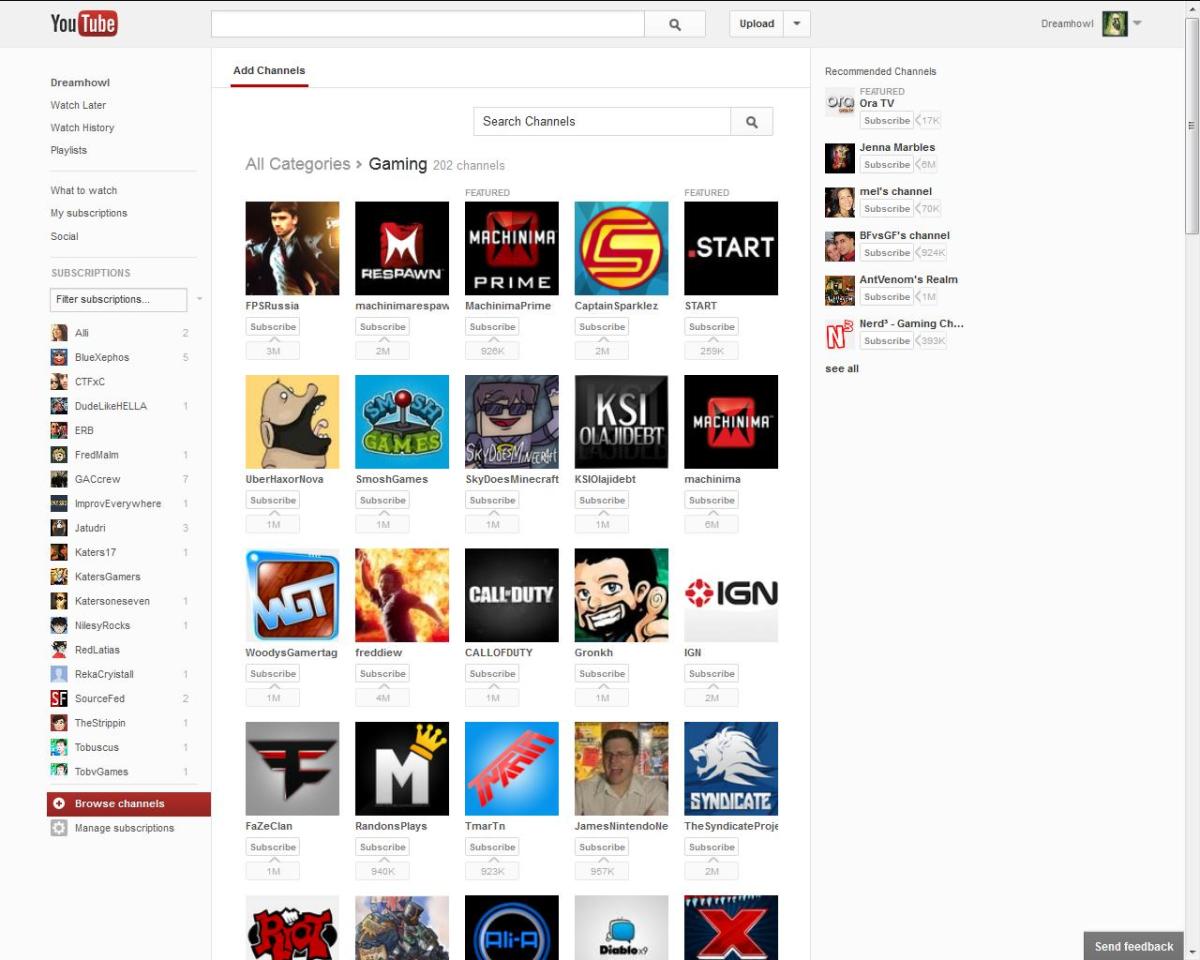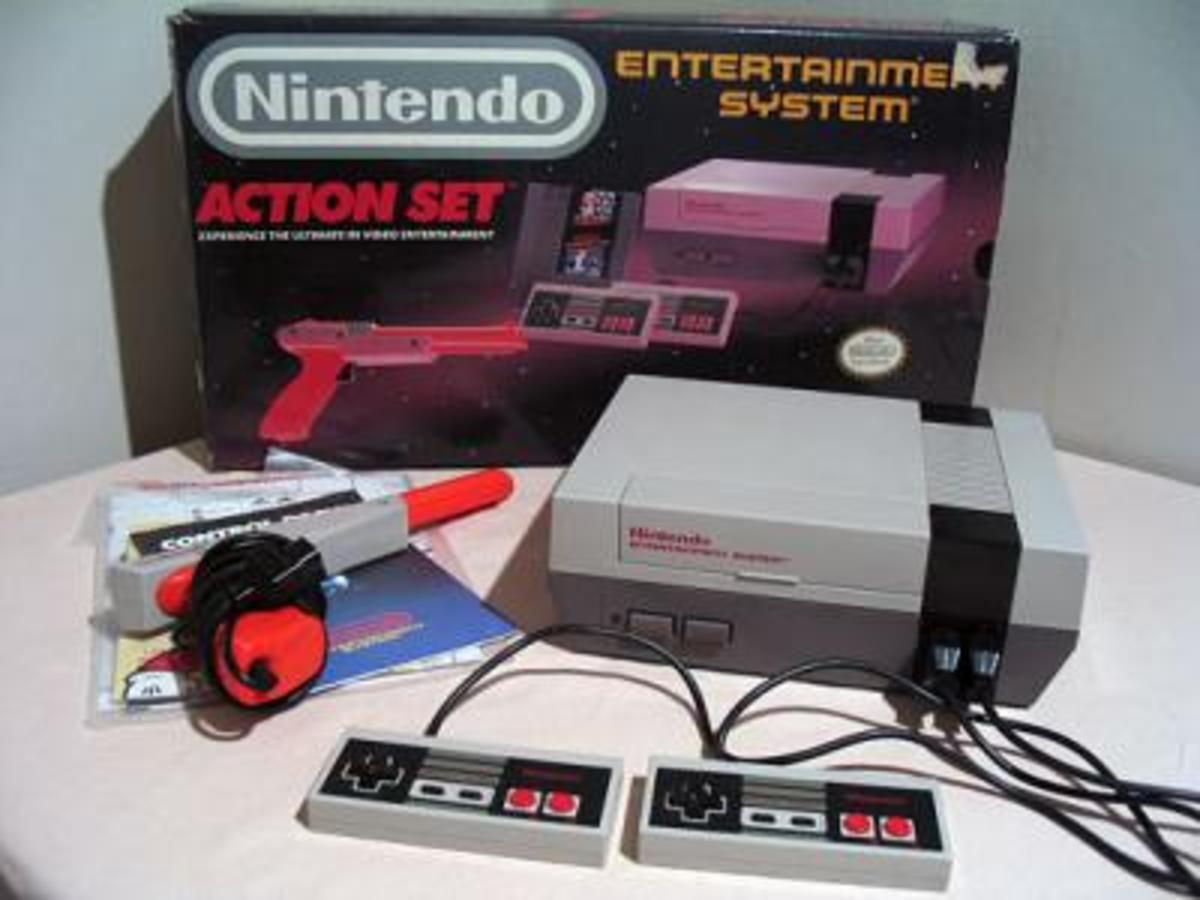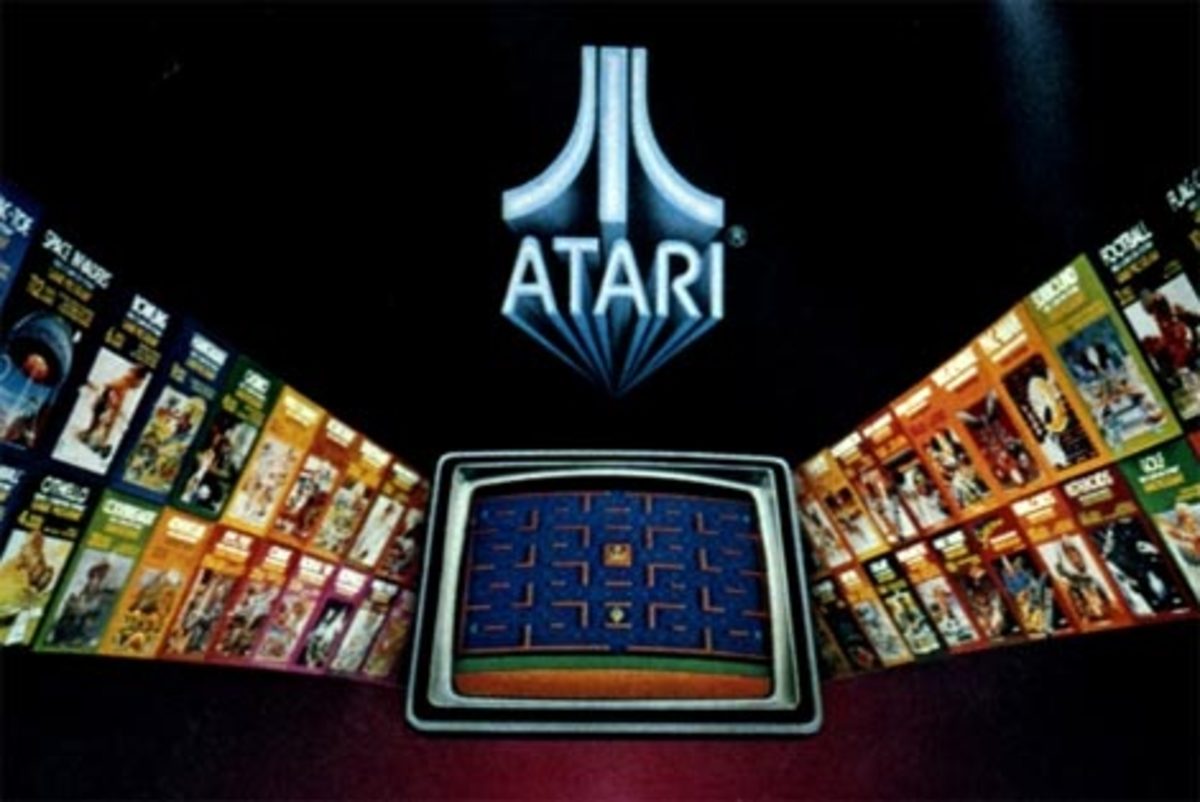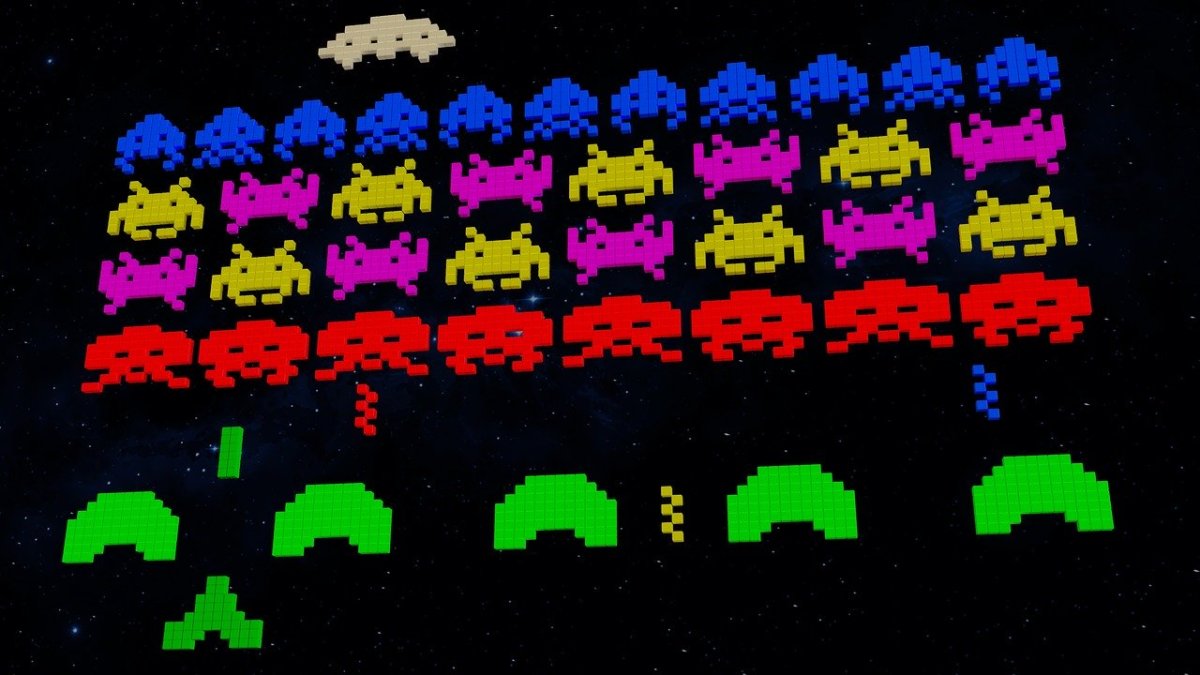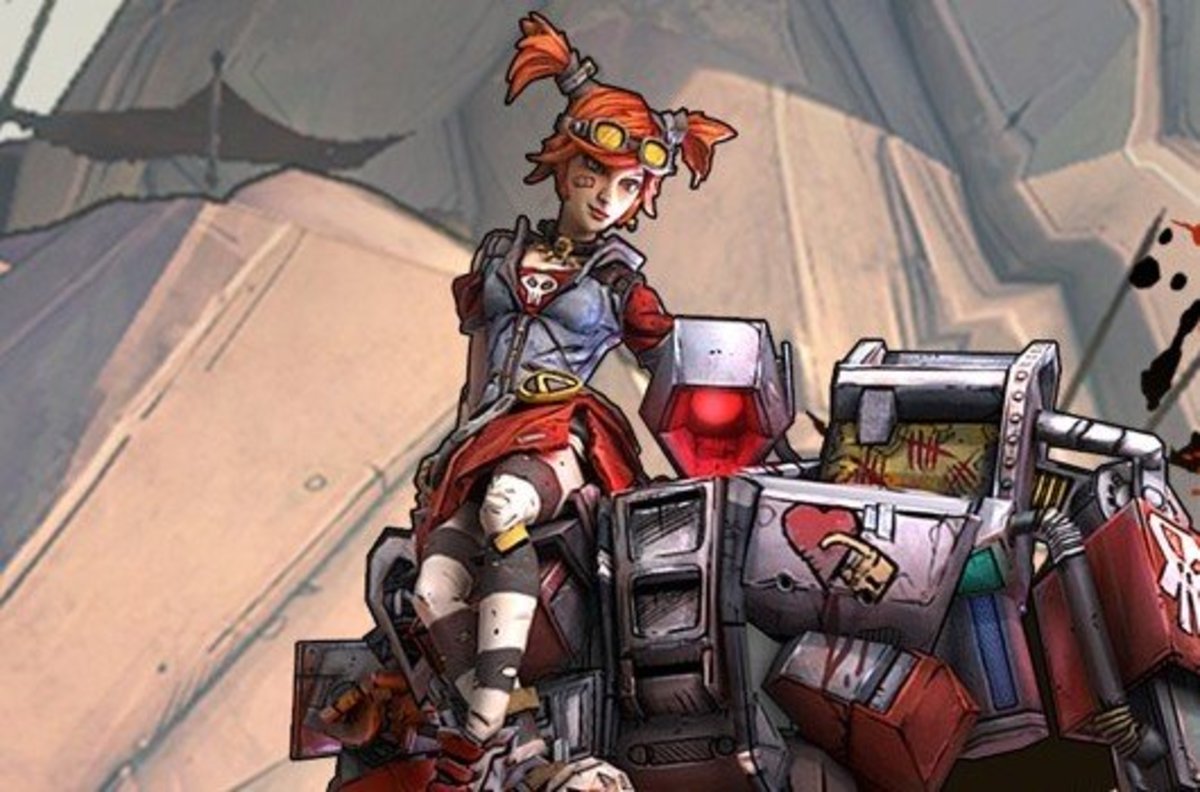Video Game Culture, An Online Dissertation pt. 1: Atari 2600, Nintendo Entertainment System, and the Sega Genesis
Video Game Culture?
Somewhere between pop culture and computer software there lies an intriguing industry of multimedia entertainment that wholly did not exist thirty years ago. Video games are not only the fastest growing of all the entertainment industries, they are also the fastest evolving. There are several reasons reasons why. A discourse on the reasons behind the last quarter of a century's video game explosion and the social and familial ramifications of such a occurrences cannot help but yield provoking and revealing insights about who we are and where we are headed.
In this, the first Hub in the series, the groundwork for a discussion will be laid by examining some of the more significant events in the very early stages of the video game phenomenon. Later Hubs will discuss later generations of video games, their technological improvements and the resulting games and their impact. For now, however, lets travel back to the year I was born, 1977, which also happens to be the year the Atari 2600 hit the market. While the 2600 seems dated, it is still the only, and will always be the only, video game system to dominate the market for more than nine years.
Atari 2600
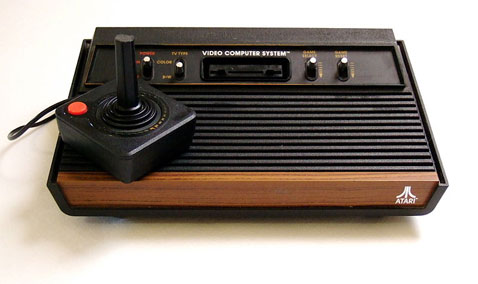
The start of something big...
Little could Atari know in October of 1977 as they released their "Atari Video Computer System," which was later renamed "Atari 2600" at the release of the 5200 in 1983, that it would be the longest living home video game platform ever. The system, which was officially retired by Atari Inc. on January 1st, 1992, had a life of 14 years, 2 months. That is an eternity in video game years.
At the time of its initial release, the 2600 wore a price tag of $199 which included two controllers and the game "Combat." By today's standards that would be like buying a new Play Station 3 for $499, at least. The Atari was not cheap, but once it became obvious that people could play video games besides pong, they were willing to pay.
By 1979, the Atari 2600 was the number one selling Christmas gift in America. The system sold over one million units that year, and there was no looking back -- a industry was launched. The ramifications of this reach beyond a discussion of business and technology. When something comes into our homes, it affects our lives, and since the Christmas season of 1979, a video game system has become as much a part of the American living room as the television, or radio in earlier generations.
You gonna slam dunk me, Atari?
Things you might not know about the Atari 2600
- Games were still developed for the system way into the late '80s. A redisigned, sleeker, "Atari Jr," released in 1986 breathed new life into the system. In fact, it was not until 1990 when the final game for the system, entitled "KLAX," was released, a full thirteen years after the system first came out. That has to be some sort of record!
- Atari had some hard times, including problems with their public image concerning the release of "pornographic" video games by a third party game company called Mystique. The most infamous of the Mystique releases was a game called "Custer's Revenge" which offended both Native Americans and Women by picturing, believe it or not, Custer in the act of violating a Native American Woman. Atari promptly sued the company.
- Atari made several mistakes at different points during its heyday, not the least of which was refusing to give credit to its game developers. These programmers and writers promptly left the company and formed their own third party companies, the most successful of which was Activision. The games released by these companies were more successful than Atari's own titles. Atari, short-sightedly, tried to shut down the developement of third-party software for their system instead of capitalize upon it. It was business mistakes like these that ultimate brought down the first giant in the industry.
Nintendo's NES
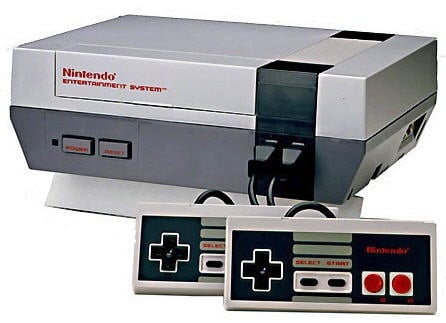
An industry cut short: the video game market crash of 1984
One of the largest mistakes Atari made was to not seize control of licensing for the 2600. This allowed anyone who could do a little programming to make a video game and release it. Not only did this get them into trouble with inappropriate games, as discussed earlier, it lead to a huge over saturation of the software market. This killed the demand for games, and at times during 1984 Atari itself was losing over $10,000 a day. Obviously the rest of the industry was not doing any better.
This led to a hostile market place towards video games. Personal computers were on the rise, and the threat of an early extinction to the industry loomed larger and larger everyday. Meanwhile, a small Japanese company called Nintendo that had experienced some electronic gaming success with their arcade titles "Donkey Kong," and "Mario Brothers," began designing a system they called the FAMICOM (short for FAMIly COMputer) in Japan.
The First Nintendo Commercial
The First Next Generation Sytem: The NES
Nintendo was originally founded in 1889 as a playing card company, but they were forward thinking enough to realize the future of gaming had arrived. Their FAMICOM was an 8-bit system with capabilities so far superior to the Atari 2600 that there was no comparison. For the first time home video games were capable of telling their own story on their own terms within the gaming experience. This was such a dramatic step forward that it would make Nintendo the most successful video game system ever in its time. Not content with just technical innovation Nintendo also learned from the business mistakes of those who came before them.
For instance they proposed and enforced a strict licensing policy with third-party companies in an effort to not only protect the market from over saturation but also to protect their image in the American market place. They designed the system to look more like a VCR so it would more "natural" and "aesthetically appealing" to consumers who might not a little extra convincing the system was right for them. They even promised to buy back unsold stock from wary American retailers.
When it was finally released, it came in two versions wearing price tags of $249 and $199 respectively. It was a huge success and soon after its nationwide release in February of 1985 it was outselling all competitors by a ratio of ten to one. This stranglehold on the market gave Nintendo tremendous power far beyond anything Atari had ever achieved. They were able to force third-party software developers into exclusive developing agreements. If you wanted to make video games to sell on the Nintendo, then they were the only platform you developed for. Nintendo got away with this for quite a while, until the 16-bit systems gunning for its downfall started emerging in 1989.
An unintended consequence of this monopolizing of third-party developers was that it insulated the video game market from the growing personal computer gaming market. The hugely successful titles on Nintendo were safe from the threat of replication on a medium that allowed modifying, updating, and customizing the gaming experience in a way the Nintendo could not compete with. This ensured the survival of video game systems at a time when the future may have otherwise appeared very bleak.
In the end the NES was officially retired by Nintendo in 1995, but not before it had sold over 60 million units and 500 million games. These numbers redefined the success, and proved once and for all that video games had the potential to compete with the dominant forms of multimedia entertainment such as television and film, though it would be quite some time before that would happen.
Sega: The Master System and the Genesis
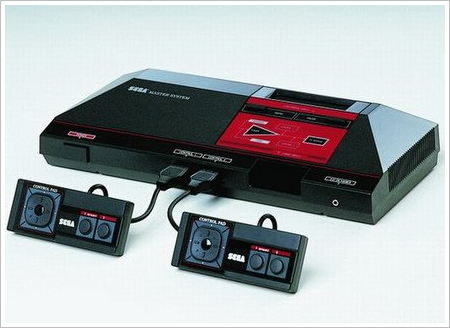
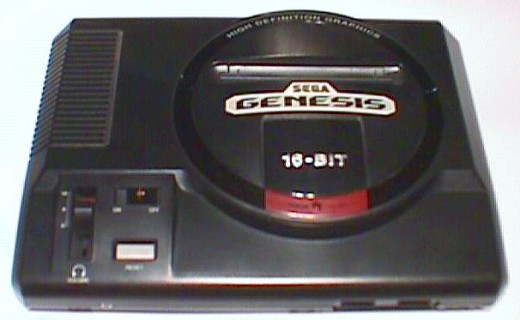
Sega: The Dark Horse
In October of 1986, a small Japanese video game company released their first console in North America. This 8-bit console, named the Sega Master System, was a relatively insignificant system selling about 13.4 million units before being abandoned in 1992. It was, however, the predecessor of the system that would shape the direction the industry would take for years to come, the Sega Genesis.
The Sega Genesis, which had its name changed from the Japanese Sega Mega Drive due to trademark disputes in North America, not only heralded the next generation of video game processing power, but it truly, for the first time, made PG-13esque video games successful, and glamorous: something Nintendo was very careful to never do.
Perhaps the best examples of this were Sega's "Sega Does What Nintendon't" campaign, and the introduction of their spokescharacter: the fast, sassy, spiky haired hedgehog named Sonic. Rather than worry about how they did not have access to Nintendo's large arsenal of third-party software developers, Sega used their hardware advantage, creative gaming design, and bold attitude in content and marketing to create a large enough disruption to the Nintendo stranglehold upon the American market that they singlehandedly (don't even try to say the Turbografix 16 scared Nintendo) forced Nintendo to announce the North American release of a 16-bit version of their NES called the SNES in late 1991.
This would be a bit too late for Nintendo, however, because the Genesis had already sold millions of units, meaning that by the time the SNES would debut, it would face an already established, edgy, still hungry competitor. One who had just capitalized on the "generation gap" to lure away many formerly loyal Nintendo owners who were restless, slightly older and hungry for the "Next Generation" right then and there, instead of waiting till the end of a long summer for a technologically superior version of the same old "children's games" as Sega was spinning it.
The "Anti Nintendo" campaign worked amazingly well. Not only did it establish Sega as a serious video game competitor, it changed the nature of games from then on. No longer would there be creative restrictions put upon game designers. Now, instead of being afraid of a fickle market who had been offended by the basest possibilities of video games, designers were excited to push the edge in all aspects of gaming. Furthermore, they now had newer and more powerful tools with which to do so all the time.
In many ways the 16-bit era, which is best represented by the Genesis, despite the huge success of the SNES, was the teenage era in the evolution of video games. No longer were the stories, settings, characters, and themes childlike. Now they had attitude, now they were aware of what they were capable, and now they thought the ruled the world. Though of course, like most teenagers, they still had no concept of the things to come.
The Genesis final North American title was "Frogger," released in 1998, which marked the end of its life for all intents and purposes, giving it a longer significant run than any other 16-bit system. It lives on today though, for a few fan made games have been produced since 2006. Perhaps this an indication of a dark horse revival?
Genesis Does What Nintendon't!
Coming Next: Sony Enters the Fray
This is just part one of the series "Video Game Culture: An Online Dissertation." The next part will continue the examination of the history and evolution of video games by focusing on Sony's impact to the development of video games from a sophomoric industry dominated by a spiky haired rodent and a plumber into a true multimedia art form completely capable of competing with television and film on all technological and artistic levels of expression.
Part Three of the series will make a critical examination of the effects of this industry, the ramifications of its unique triumphs and failures, and its lasting effect upon the relationship between art and reality.
Do You Remember When?
What was your first home video game system?
Remember Colecovision?
Learn more by visiting the game maker's homepages below
- Sega's Homepage
One of the forerunners of the video game industry, Sega has now been squeezed out of the hardware market, but that hasn't stopped them from successfully developing games for the current generation of home systems. - Nintendo's Home Page
The ever present giant in the industry. They have been around since early on and have proved with the WII that they are not out of tricks yet. - Atari's Home Page
The official site for Atari. Check in and see what they have been up to for the last 20 or so years. Anyone else remember the Jaguar?
Playstation 3?
Xbox 360, or...
More Hubs by Cdub77 on Video Games
- RPGs for the Playstation 3 (PS3): An Oldschool Perspective, Part 1
Given the lackluster entrance into the market of not only the Playstation 3 (PS3), but also the early titles offered for it as well, there was no need for an article about the PS3's offering of role playing... - RPGs for the Playstation 3 (PS3): An Oldschool Perspective, Part 2
This is the second hub in a series examining RPGs for the Playstation 3. As I've stated before, there are (finally) a lot of RPGs on the PS3, and a lot more on the way. As someone who has played games... - RPGs for the Playstation 3 (PS3): An Oldschool Perspective, Part 3
One of the best things about the RPG genre is that it can be crossed and mixed with almost any other genre. This has lead to some of the best games out there. In part 3 of this series on RPGs for the PS3,... - Dreams of Tidus: Square-Enix's Final Fantasy X (FFX) for the Playstation 2 (PS2) Revisited
Have you ever had the experience where, after reading a novel, or watching a film, you know you have to read it or watch it again, just to go back and visit a place and characters that you cared about and...

![PlayStation Move Motion Controllers - Two Pack [Old Model]](https://m.media-amazon.com/images/I/31j9shuj9BL._SL160_.jpg)






